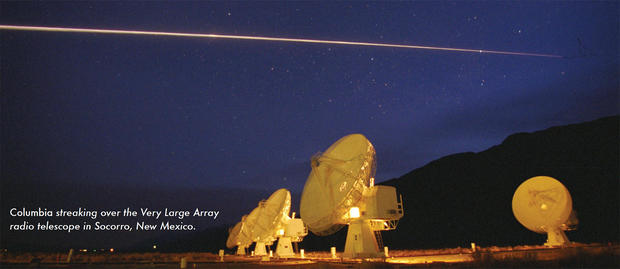NASA Will Only Tolerate So Much Danger – The Atlantic
NASA has begun to investigate what’s going on inside Starliner’s team, and so far, the findings aren’t good. The space agency says it has uncovered failures at nearly every phase of Starliner’s development, from design and coding to testing and verification. Software defects in code as complex as this aren’t unexpected, NASA says, but there were “numerous instances” before flight when Boeing should have caught them. Chilton said the software patch for the reentry problem, for instance, required an easy fix. A little extra prelaunch attention could have avoided the issue altogether.
Read: The next big milestone in American spaceflight
It is no doubt preferable to reckon with potentially dangerous errors after a test than after a tragedy. But the extent of the problems is confounding, and NASA seems well aware of it now. “Our NASA oversight was insufficient,” said Loverro. “That’s obvious, and we recognize that.”
NASA has always relied on contractors to provide hardware for its programs, from Apollo to the space shuttles, but the agency has never depended on them quite like this before. Boeing and SpaceX are in charge of designing nearly every bit of the new craft, from propulsion systems to the aesthetic look of the seats. Astronauts assigned to the SpaceX capsule don’t even train at the famous Johnson Space Center in Houston, working instead at SpaceX’s headquarters in California.
NASA is in charge of setting safety requirements and ultimately will decide whether and when the systems are astronaut ready. The arrangement worries George Abbey, the former director of Johnson Space Center, who joined NASA as an engineer in 1964 and went on to select and train astronauts during the shuttle program. “[Astronauts] were going to fly because they had the confidence in NASA leadership—that they would take care of all of the issues and problems. So when leadership told them they were ready to fly, they had that confidence,” Abbey told me. “With the lack of that oversight, I’m not sure that NASA can really assure them that they’re ready to fly.”
NASA officials say that it’s too early to state whether the agency will require one more uncrewed launch from Boeing before astronauts are allowed to fly in the company’s new capsule. NASA will now conduct a new review of Boeing’s workplace culture, based on interviews with personnel ranging from senior managers to technicians. This decision, Loverro said, was influenced in part by news reports about “other parts of Boeing”—a not-so-subtle allusion to Boeing’s high-profile software problems with the 737 Max plane that led to two crashes and the deaths of 346 people. Engineers at Boeing, it eventually came out, knew about problems with the plane’s safety months before the first accident. It was hard not to think about this when Jim Bridenstine, the NASA administrator, told reporters, rather pointedly, that he has advised his senior NASA leaders in this program to “never, ever, ever be afraid of the truth.”
We want to hear what you think about this article. Submit a letter to the editor or write to letters@theatlantic.com.
is a staff writer at The Atlantic.
Connect Twitter







